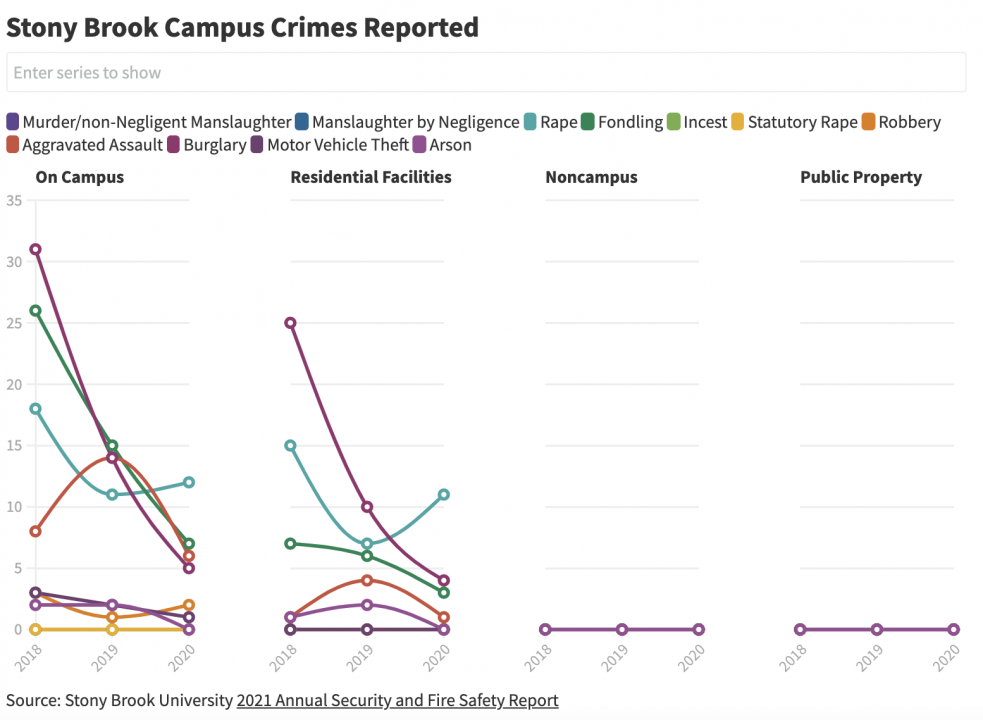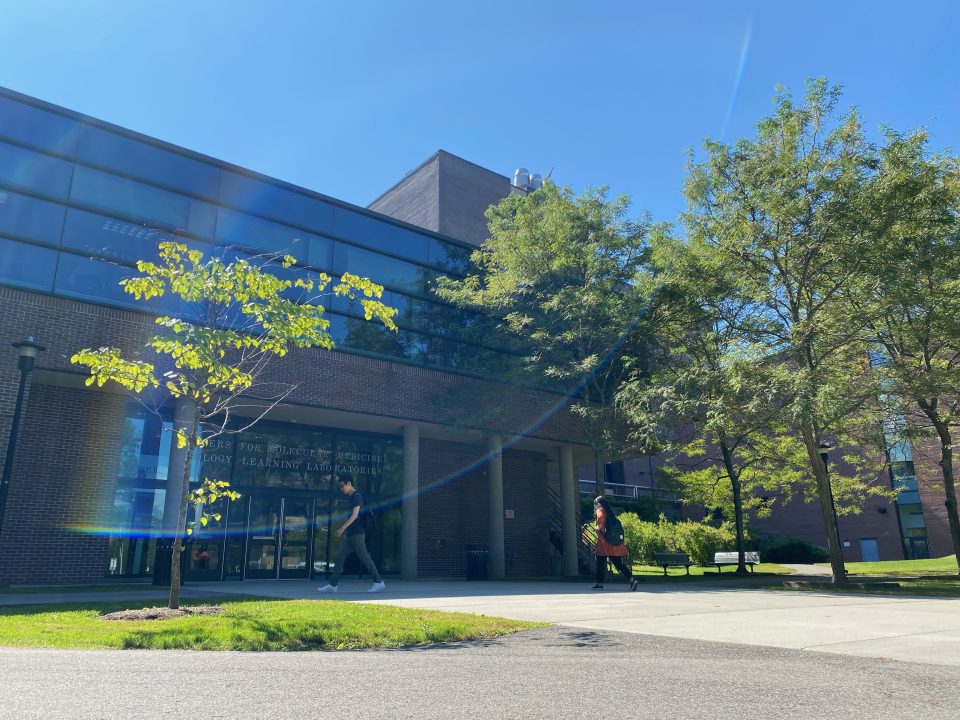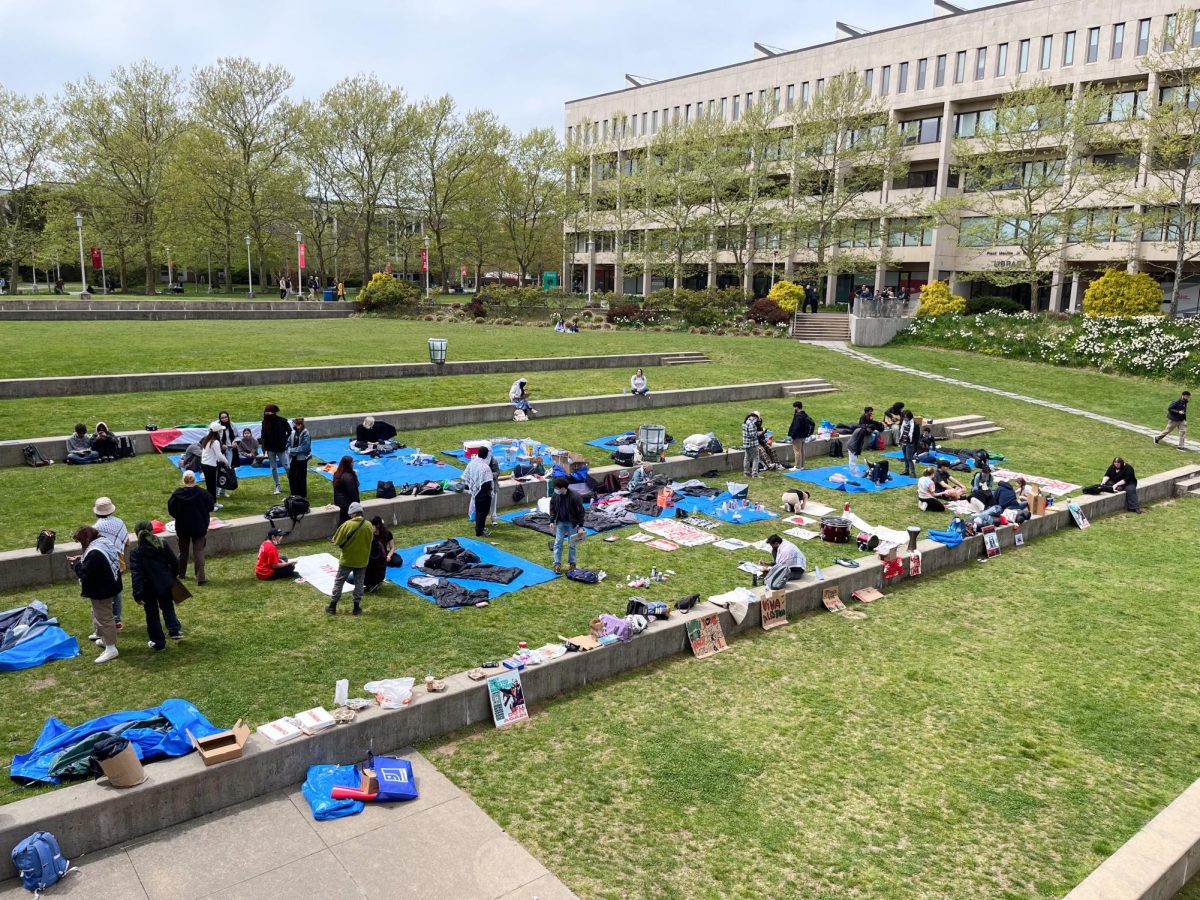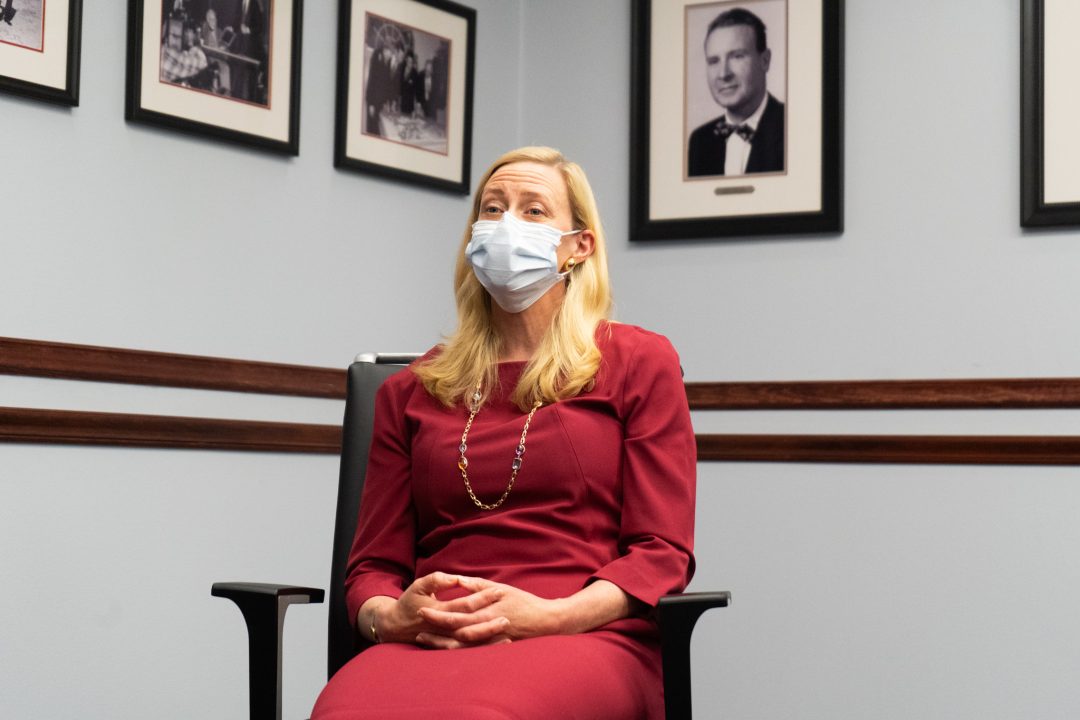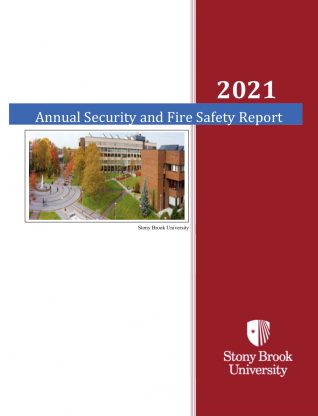
Reported crime on Stony Brook’s campus decreased in nearly every category during 2020, according to the Annual Security and Fire Safety Report published on Oct. 1.
The Annual Security and Fire Safety Report is a document that is published each year as part of the Clery Act, which requires colleges and universities to record data on on-campus crime, assist victims of violence and publicly disclose the policies and procedures they have put in place to promote campus safety.
Except for robbery and rape reports, crime went down on campus in every category. But in 2020, the campus also saw significantly fewer students because of the COVID-19 pandemic forcing classes online. Seventy-eight percent of undergraduate students were living off-campus, according to Stony Brook University data.
Rape was one of two categories that saw an increase in reports, but four of the 12 cases reported did not occur in 2020. The Clery Act mandates that rape and sexual assault cases must be counted for the year the crime was reported, not when it occurred.
According to Assistant Chief of Police at Stony Brook University, Neil Farrell, the trends waiver for cases of rape and sexual assault because the cases are not always counted for the year they occur.
“It’s sporadic. Four [rape reports from the past years] is not an anomaly,” Farrell said.
One case goes back as far as 2012. The other reports took place in 2015, 2018 and 2019. All the cases of rape reported in 2019 took place in that year, while four reported cases in 2018 took place in years prior.
Robbery cases increased from one to two in 2020.
Other areas that typically produce high numbers, such as liquor law and drug referrals, had considerable declines.
The legalization and decriminalization of marijuana in New York last year reduced drug arrests and referrals by more than half. Recreational marijuana use is still prohibited on campus and in other tobacco-free zones around the state, but it is now treated as a ticket-able offense rather than an arrest.
Dating violence and stalking also reduced, although marginally; domestic violence and aggravated assault cases decreased after an increase in 2019.
Since 2018, all other crimes, such as burglary, fondling, arson and motor vehicle theft, have been decreasing.





